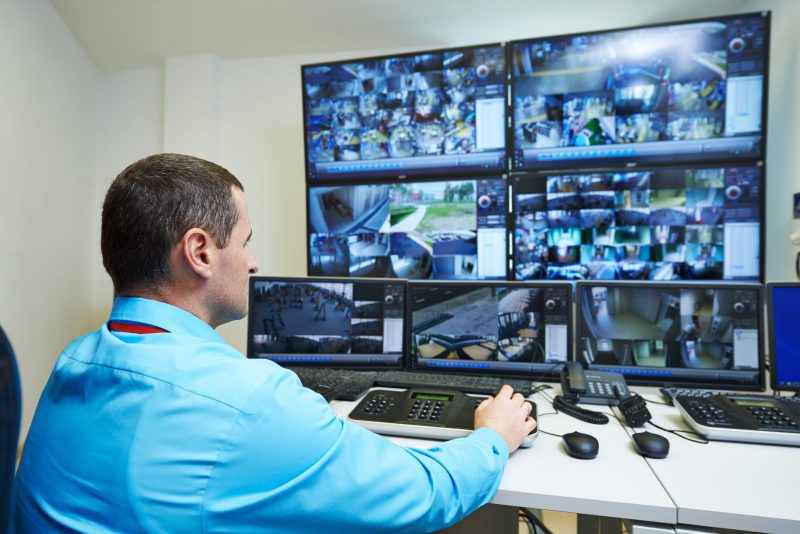Like air, water, and soil, CCTVs are also making their presence felt in all parts of the world. But many people are still unaware of best practices of CCTV. This is a brief guide where you will learn to successfully implement video security systems, like the ones from HDH Tech.
Outline the Objectives
You should first make a list of all the objectives you are looking forward to. Your list might contain these considerations:
- The total number of cameras required.
- The key Field of Views (FoV).
- The area(s)/places to record.
- The illumination conditions of each camera’s location.
- The area(s)with live video monitoring and area(s) with the second video monitor.
- The retaining period of video files.
 Types of Cameras
Types of Cameras
Depending upon the requirements, the next thing to consider is the types of cameras you should get installed in the place/area. The different cameras you can consider are as follows:
- Indoor Dome Camera
- Box Camera
- Outdoor Dome Camera
- Day/Night Camera
- Infrared Camera
- PTZ Camera
DVR (Digital Video Recorder)
This is an important part of video security systems because all the activities captured by CCTV cameras are recorded in DVRs. Before finalizing the DVR, you should get answers to these questions:
- How many cameras will be installed?
- At what speed should the recording be done?
- What should be the size of the hard drive?
- Where to locate the DVR system?
- Is remote monitoring required?
- Should the DVR be PC-Based or Standalone?
- In which format should the video(s) be saved?
- Is remote viewing required?
System Layout and CCTV Wiring
DVR is the prime component of video security systems. It should be kept in a secure area or at some place where thieves can’t find it out. Coming to the CCTV wiring, you will require it to supply power to cameras and the DVR system. However, you can always choose the cable you want because there are a few options available.

